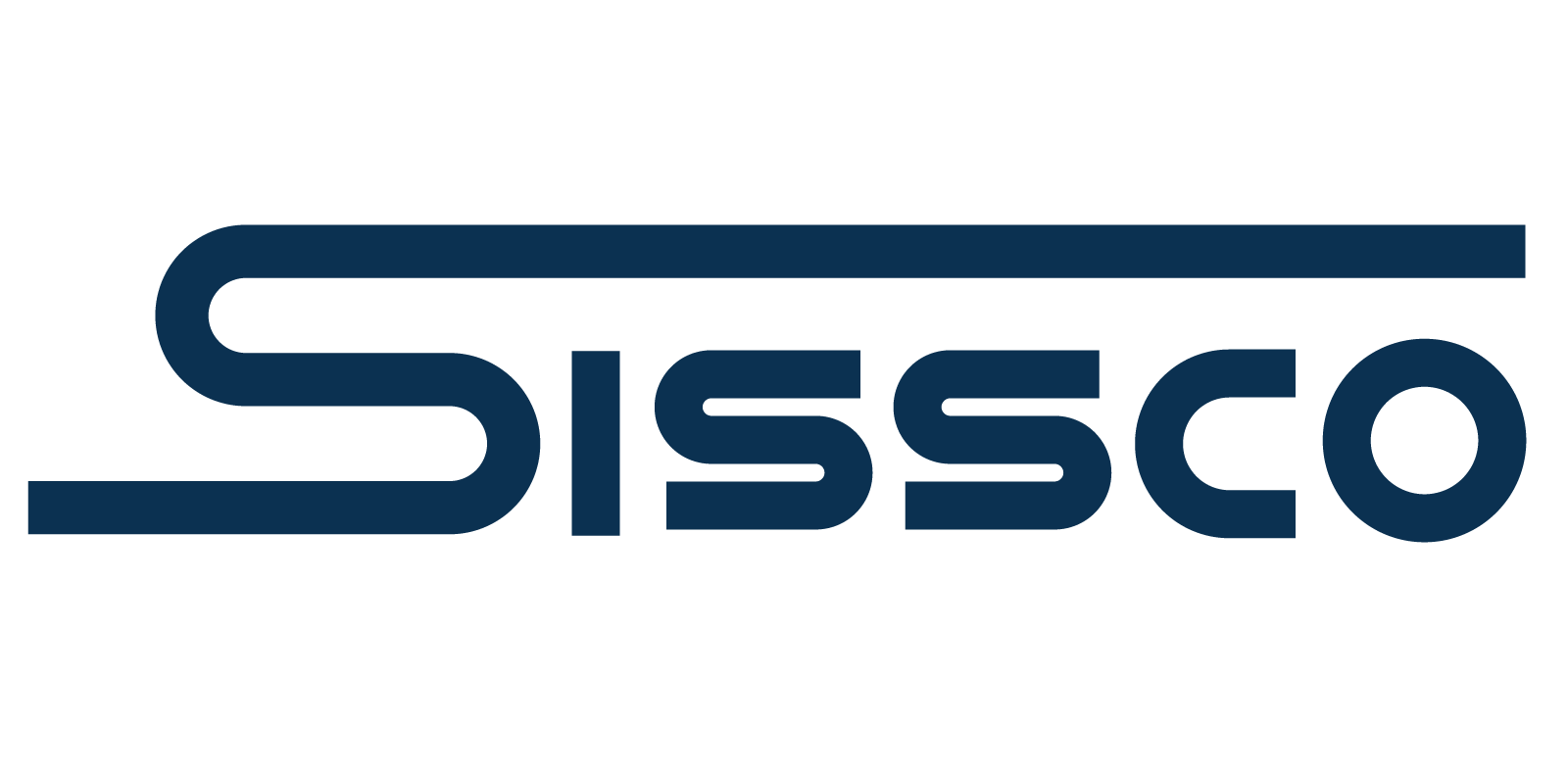Automated crane systems are used in countless industries to lift massive loads on an industrial scale. When dealing with these huge industrial projects, safety needs to remain a top priority at all times. Improper crane operation could lead to costly damage of company equipment or even fatal accidents. To create a safe worksite, it’s important to identify the most common causes of accidents. One of the more common mistakes is ‘side pulling’ a load. But what is side pulling? Why is it dangerous and what can you do to avoid it?
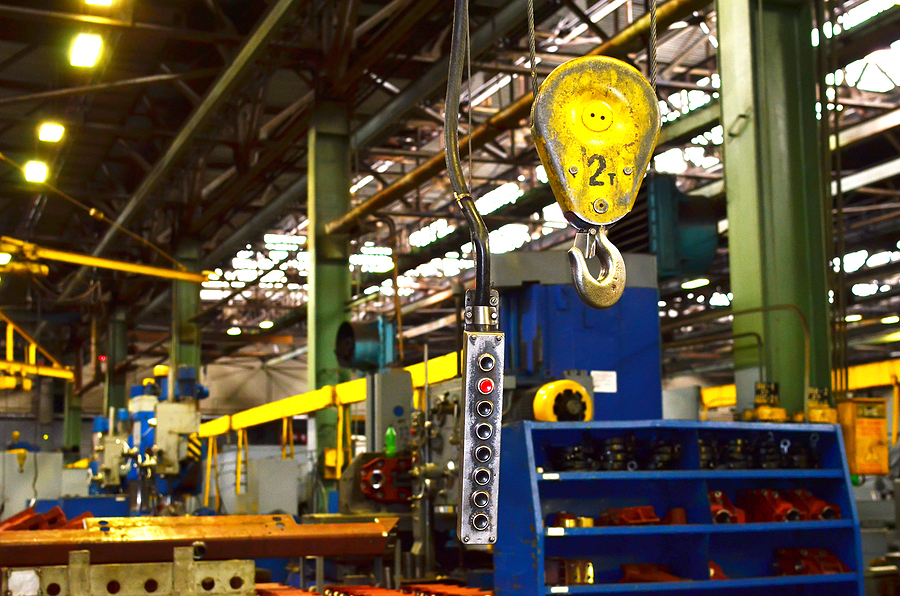
What Is Side Pulling?
Side pulling is when automated crane systems lift a load with the center of gravity anywhere but the dead center of the load. To put it more clearly – it is whenever you raise a load from an angle, rather than directly overhead. This would occur if the crane operator did not take the time to properly line up the load.
Side Pulling Risks
Side pulling is associated with many issues, with consequences ranging from financial hiccups to personal injury.
Swinging
When a load is pulled from an angle, it can begin to swing across the horizontal axis. Considering the massive size and weight of these industrial-scale loads, even the slightest loss of control is very serious. You can damage the automated crane systems, the load, or your warehouse/worksite. You can also cause serious or fatal injury to anyone in harm’s way.
Chain Disposition
Another problem with side pulling is that it can force the chain, wire or rope out of its proper position. This can result in damage to the hoist equipment or the chain itself. The chain could even snap, resulting in a dropped load. It is also important to note that when automated crane systems sustain damage – you don’t only need to worry about the cost of repairs – the downtime you may experience could cost you much more, depending on the workflow.
Hoist Trolley
Side pulling can damage the hoist trolley as well, putting immense pressure on its support structure. This could cause it to bend, derail or possibly flip over. This opens up the potential for both equipment damage and injury.
Manufacturer’s Warranty
Another issue is that side pulling could even void an automated crane system’s warranty. A warranty will cover issues that occur during ‘normal operation’ of the crane – side pulling does not fall under normal operation. If you incur damage while side pulling, you could be left paying the full price tag for any repairs or replacements.
How To Avoid Side Pulling
Avoiding side pulling starts with the quality of your automated crane systems. Systems that have manufacturing glitches can cause many issues with improper handling. Purchasing your systems from a trusted company is the best way to avoid this. On top of getting the right equipment, you should install rope guides and overlay limit switches, which can detect and correct side pulling.
It’s also important to thoroughly inspect all lifting equipment before and after crane operation. If side pulling occurred during operation – the crane system should be taken out of commission until the problem is addressed properly. Finally, proper training of personnel is essential to avoid side pulling. A trained and certified workforce is the best way to avoid a bevy of potential hazards.
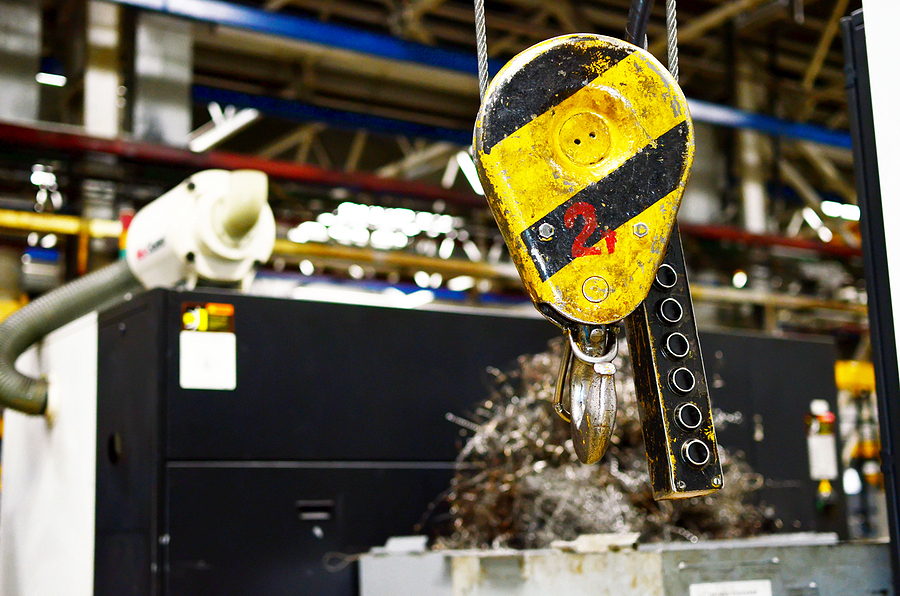
High Quality Automated Crane Systems
If you are planning on buying material handling equipment in New Jersey or are looking for a reputable inspection and repair company, look no further than SISSCO Material Handling Equipment. For over 45 years we’ve made the manufacturing and maintenance processes more efficient, cost-effective and safe.
We also specialize in providing maintenance services and parts, for other material handling equipment. Our manufacturing, installation and Crane safety solutions keep businesses moving forward. Contact us today to get in touch with the best in the business.

